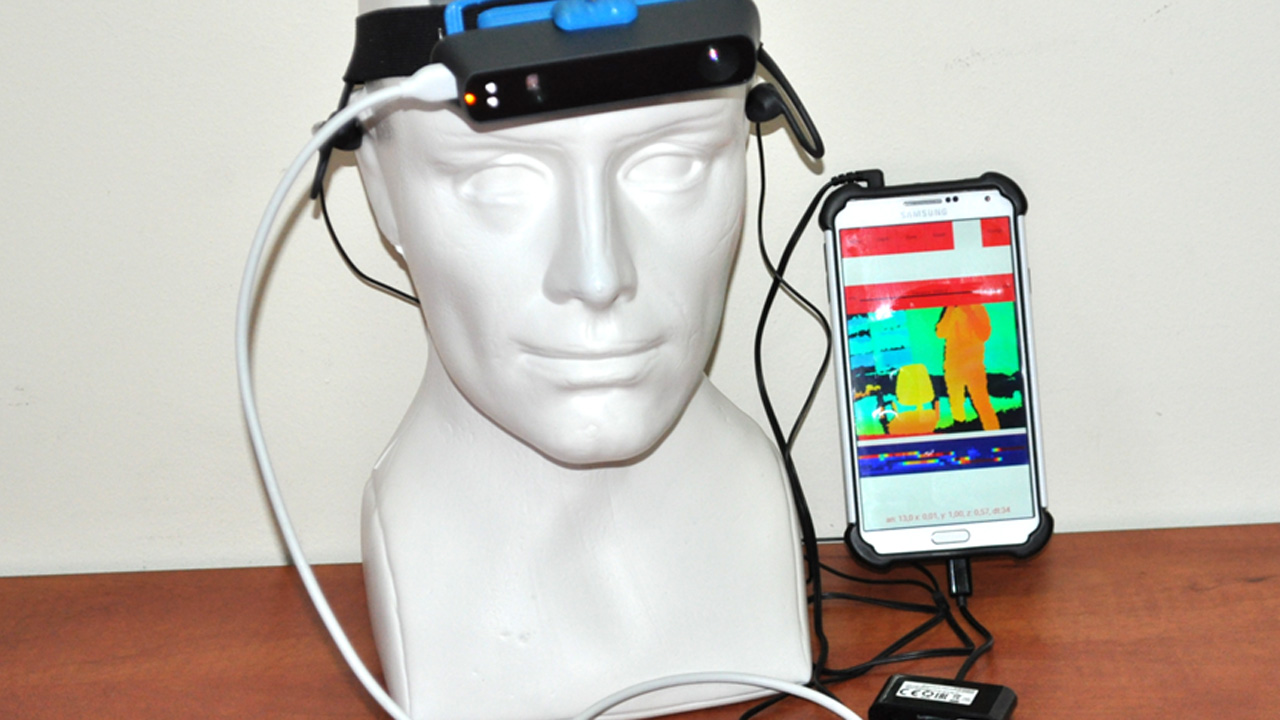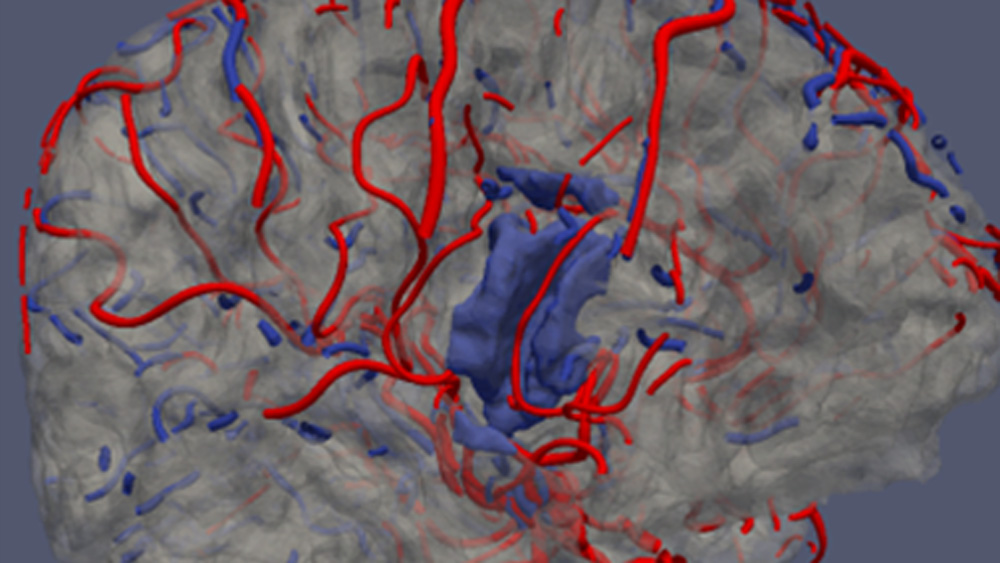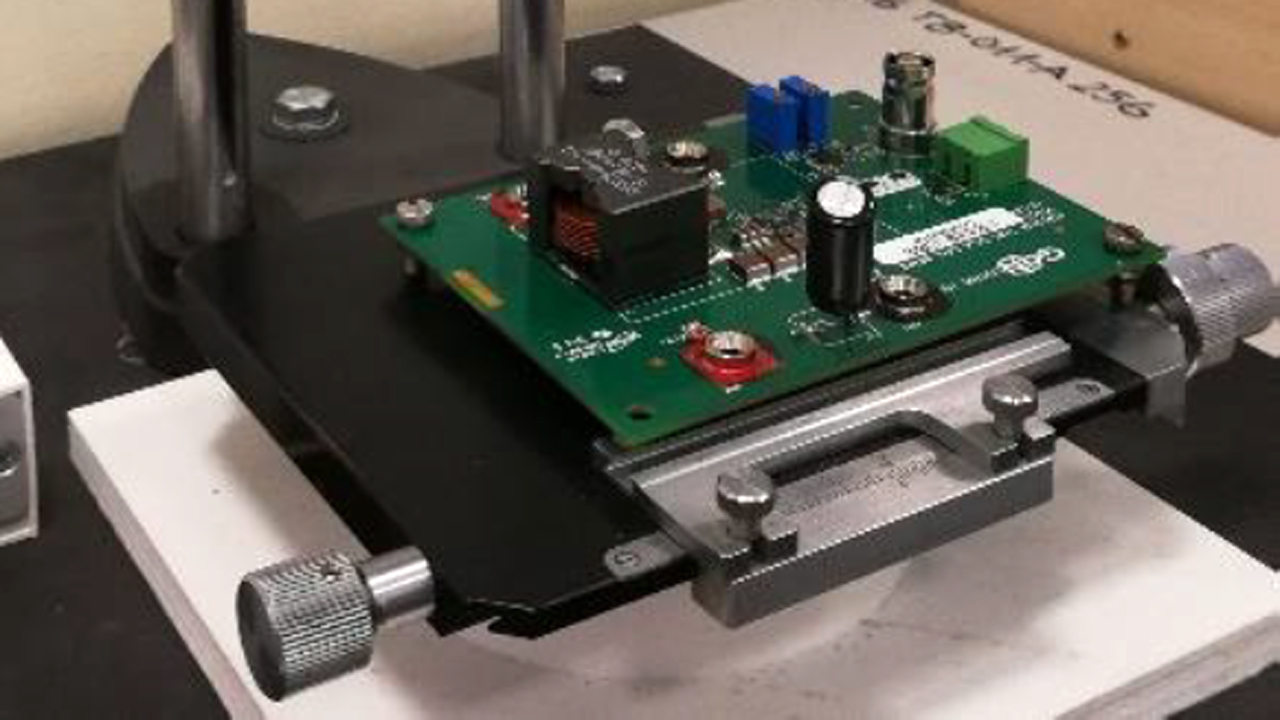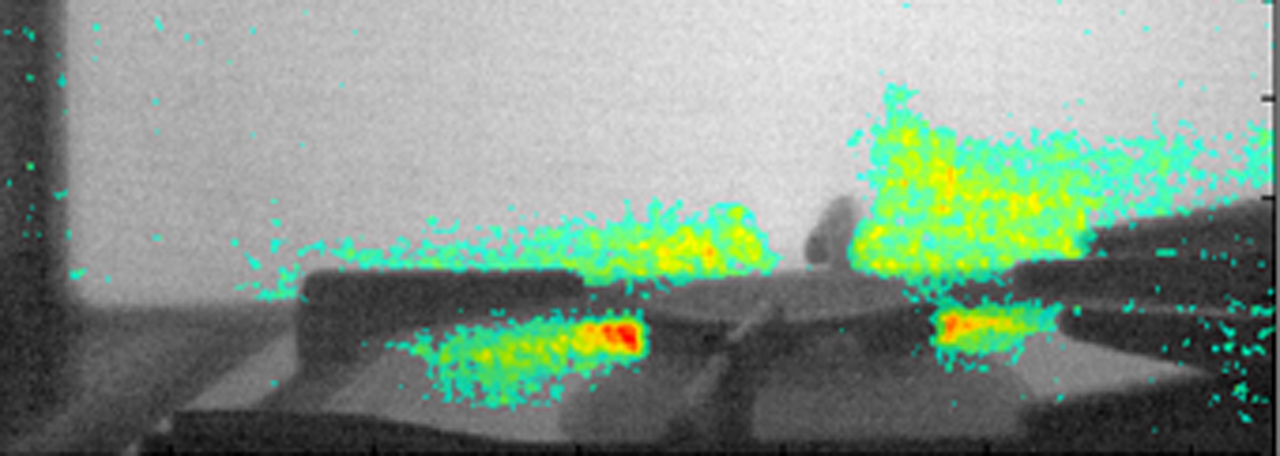Human-system interaction
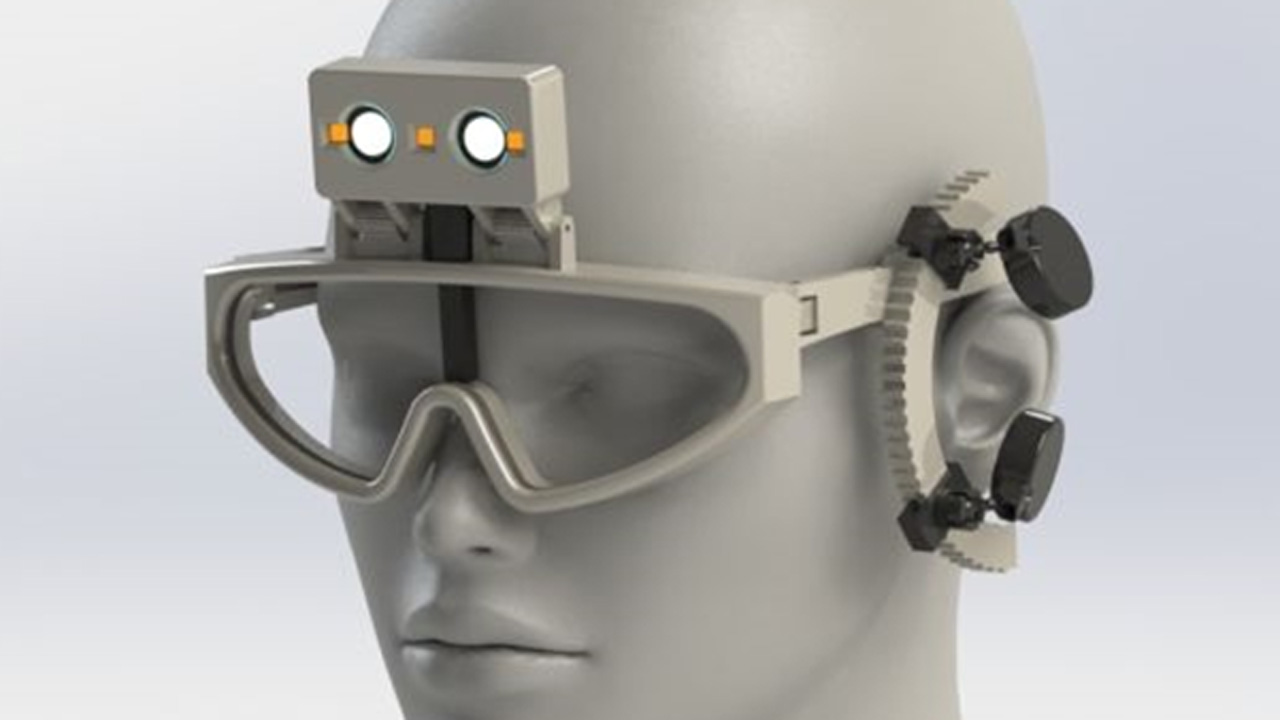
Rapid advancements in information and computer technologies (ICT) support more and more human activities. A particular challenge is to build user friendly interfaces for ICT systems that decide about their usability and performance.
A particularly difficult problem is the design and implementation of user interfaces dedicated to persons with sensorial and physical disabilities. In the Institute of Electronics we have been carrying out research activities focusing on developing such systems as: innovative brain computer (BCI) interfaces, eye-blink detection systems and a pool of electronic systems aiding the visually impaired in mobility, spatial orientation with the use of 3D imaging, sonification and haptification techniques. We receive funding form EU grants (H2020) and numerous national grants.
-
Assistive systems for the visually impaired
Read More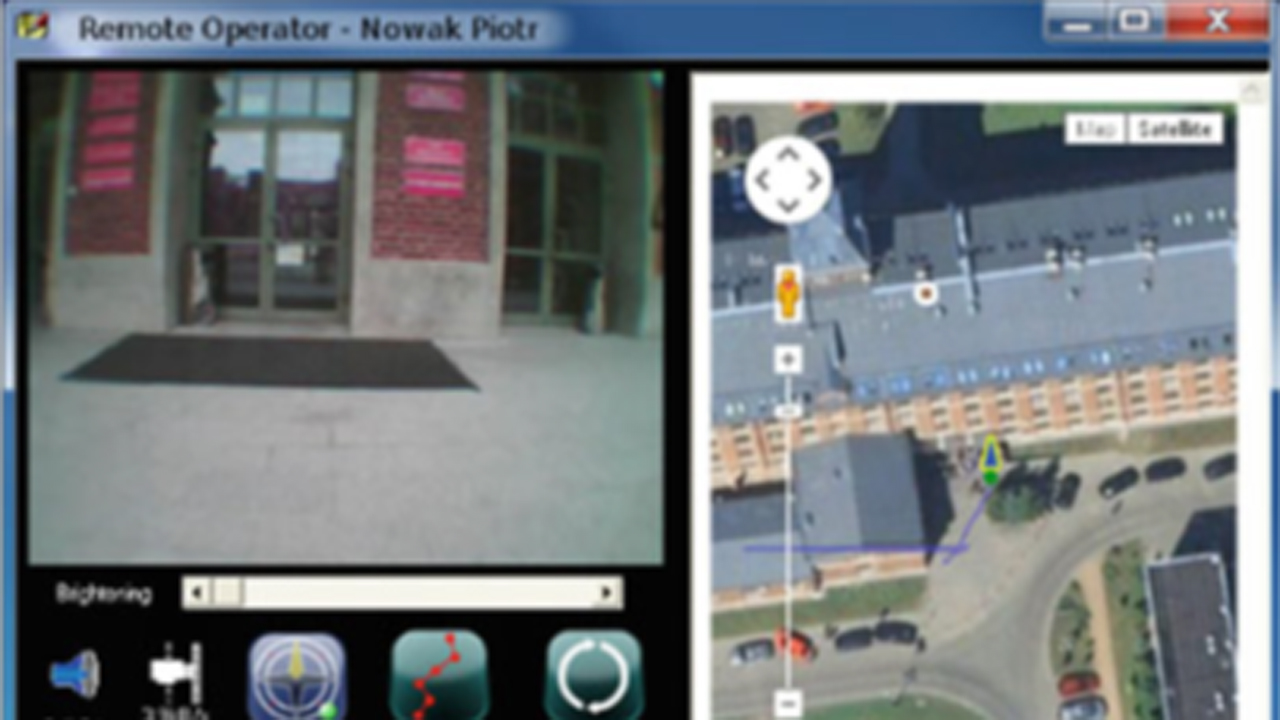 …
…Motivation
Worldwide, there are 314 million of visually impaired and 45 million of them are blind. According to EU reports for every 1000 Europeans 4 are blind or visually impaired. Vision loss is the most serious sensory disability that causes approx. 90% depravation of entire multi sense perception for a
-
Sonification of images
Read More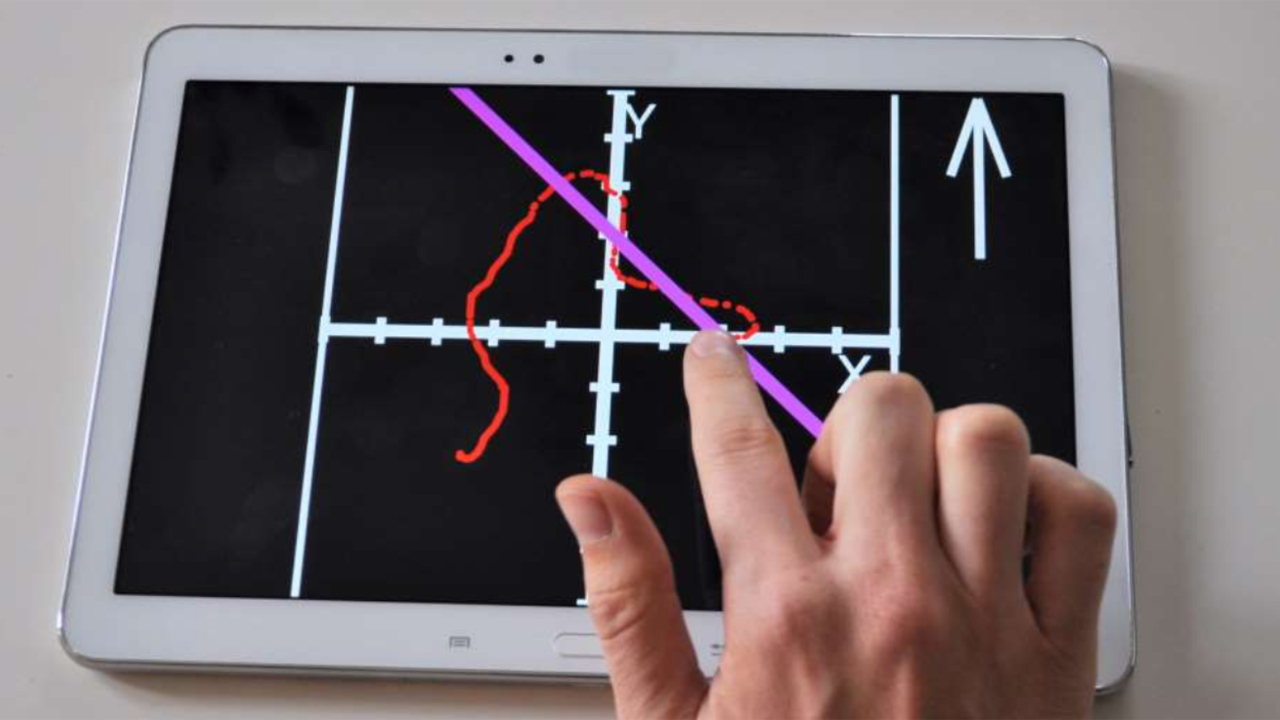 …
…Motivation
One of the main barriers encountered by blind people is access to graphic information, including photos, maps, drawings and pictures. There is a need to develop effective methods for processing visual information into sensory signals that are accessible to blind people. This work concentrates on expanding and acquiring new
-
Telenavigation for the blind using the 5G network
Read More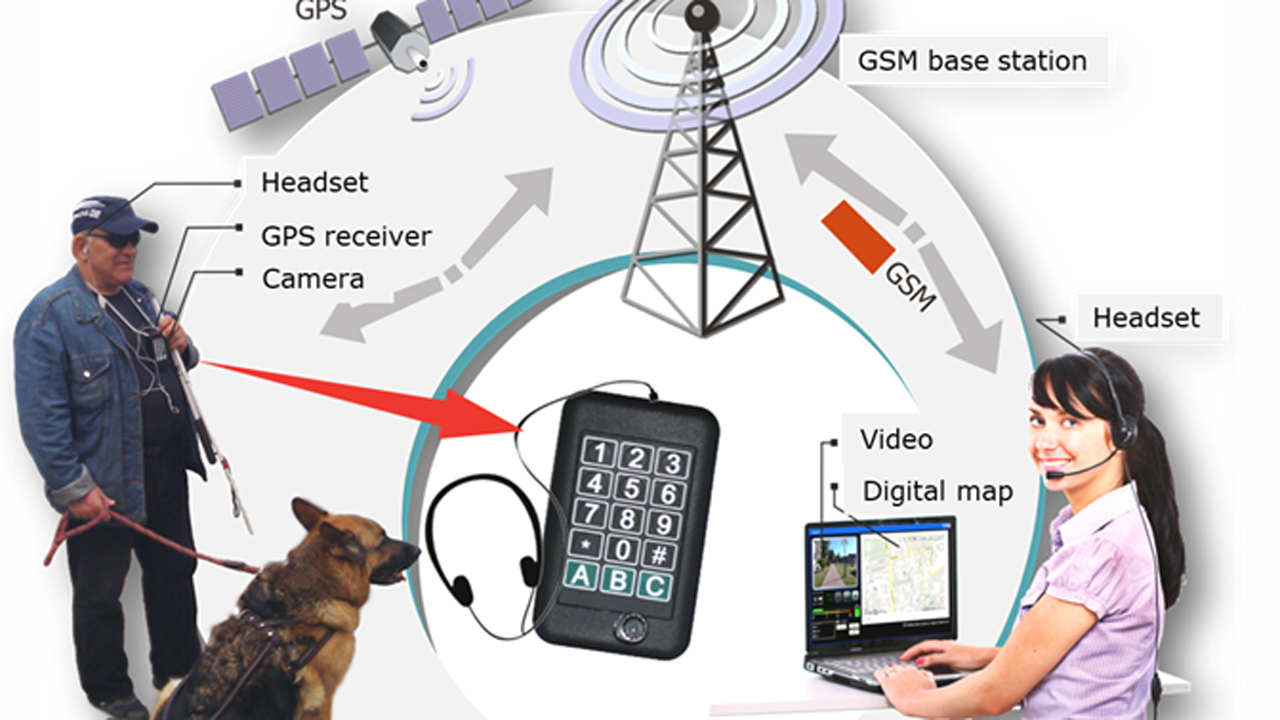 …
…Motivation
Even the best electronic travel aids (ETAs) supporting blind people in independent travel are unable to provide assistance that another person can offer. Modern cell phones are equipped with very efficient processors and, often, very good quality digital cameras. Almost every smartphone is equipped with a set of position
-
Brain computer interfaces
Read More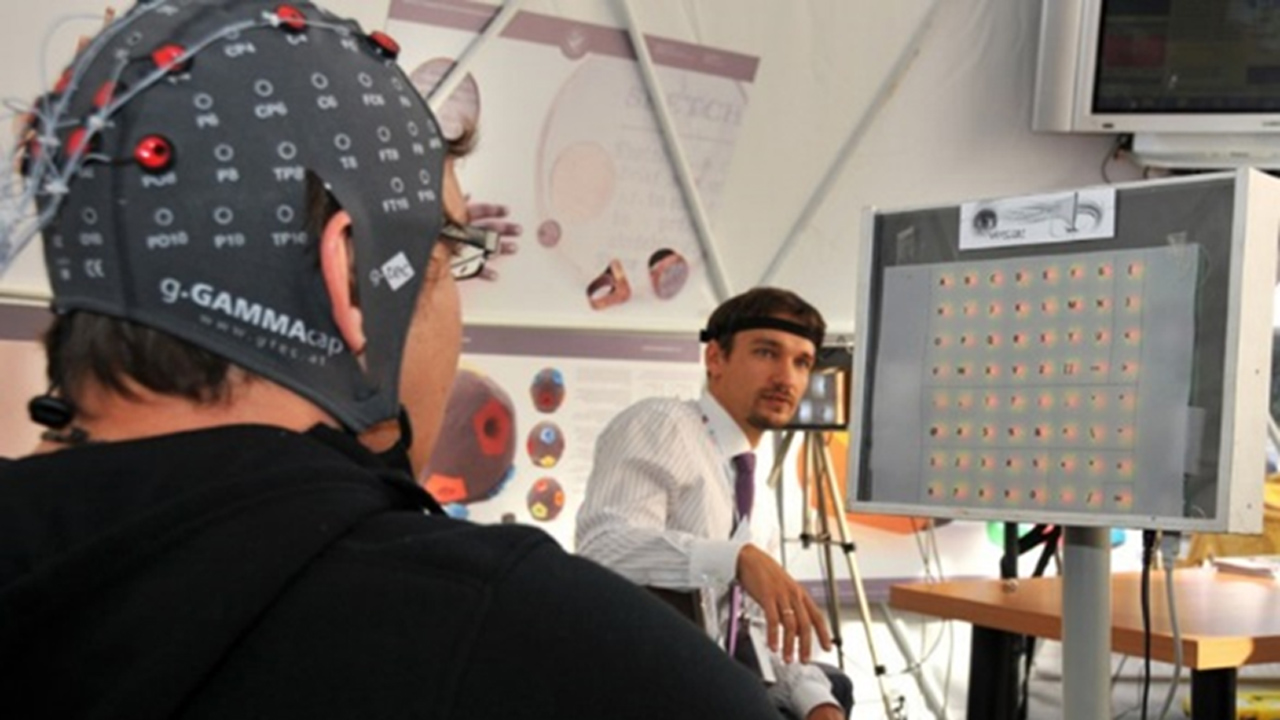 …
…Motivation
Brain-Computer Interfaces (BCIs) are devices, which acquire raw brain activity signals, analyze them, and translate them into commands that are transferred to output devices. In such a way BCI communication systems are independent from the brains regular output pathways of peripheral nerves and muscles. For that unique reason, such
-
Accessibility of Information and Communication Technologies
Read More …
…Motivation
In the era of the information society, the computer has become an indispensable personal tool used in in fact in every area of life. Information and communication technologies (ICT) should be available to all potential users, regardless of their age, disability or type of equipment used. Therefore, it is

